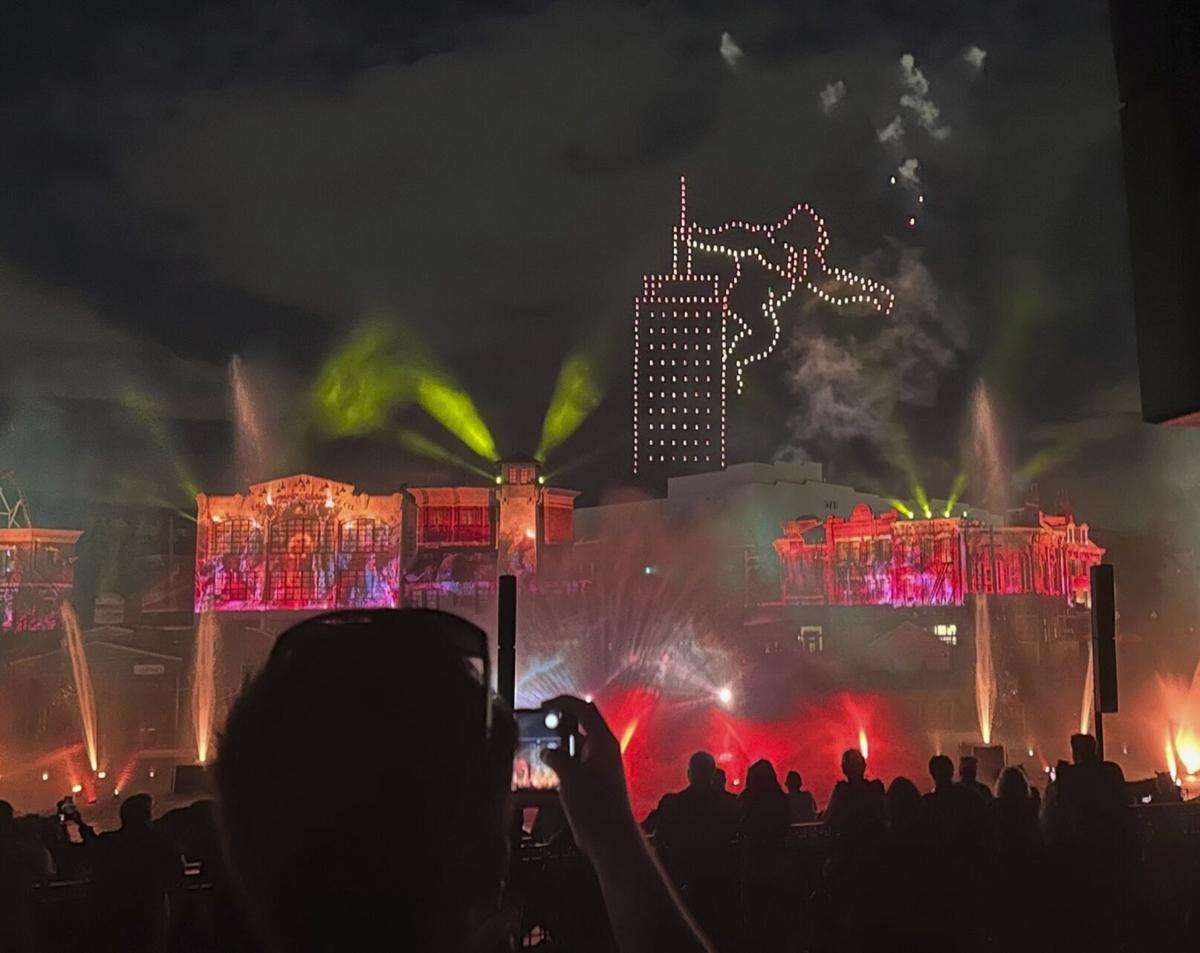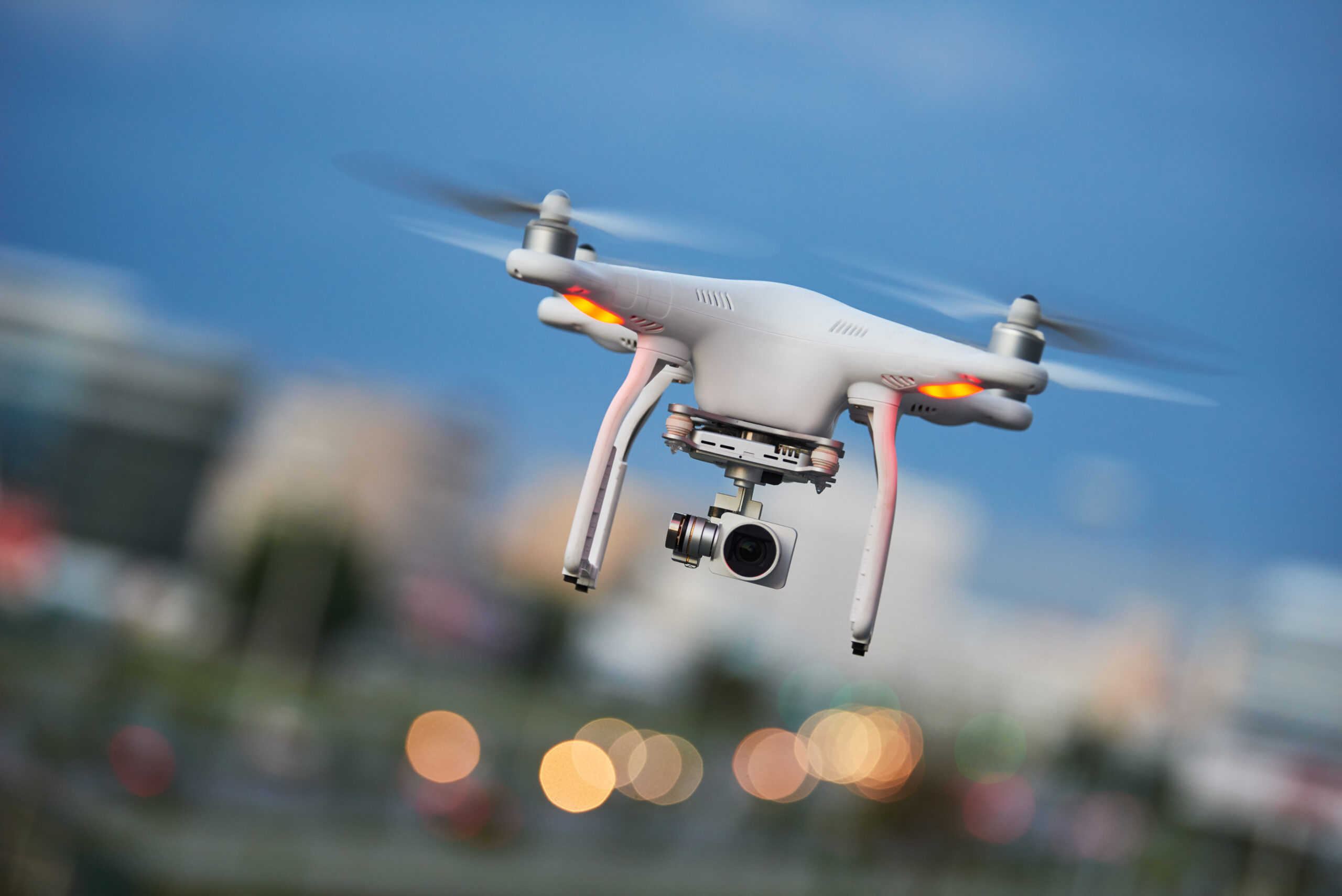Drone show accidents: They sound dramatic, and they can be. From spectacular malfunctions to near misses, these events highlight the inherent risks in orchestrating breathtaking aerial displays. This guide delves into the various causes of these accidents, exploring everything from pilot error to technological glitches and environmental factors. We’ll also examine safety protocols, investigation procedures, and preventative measures designed to ensure future shows are both stunning and safe.
Understanding the complexities behind drone show accidents is crucial for both operators and spectators. By examining real-world incidents and analyzing their root causes, we can work towards a future where these mesmerizing displays remain free from preventable mishaps. We’ll cover everything from the types of accidents that occur, to the regulatory landscape and best practices for mitigation.
Drone Show Accidents: A Comprehensive Overview
Drone shows, while visually stunning, carry inherent risks. Understanding the types of accidents, their causes, and effective preventative measures is crucial for ensuring safe and successful performances. This article provides a detailed analysis of drone show accidents, covering various aspects from accident types and causes to safety regulations and accident response procedures.
Types of Drone Show Accidents

Drone show accidents can be broadly categorized into malfunctions, collisions, and uncontrolled flight. Each type has unique characteristics and contributing factors.
Drone show accidents, while rare, highlight the potential risks involved in these spectacular displays. A recent incident that underscored these risks involved a similar situation, as reported in this article about a drone crash paris , demonstrating the need for rigorous safety protocols. Proper planning and fail-safes are crucial to prevent future drone show accidents and ensure the safety of both spectators and participants.
| Type of Accident | Cause | Frequency | Safety Implications |
|---|---|---|---|
| Malfunctions (e.g., motor failure, GPS loss) | Hardware defects, software glitches, power issues | Moderate to High (depending on maintenance and technology) | Drone crash, potential injury or property damage |
| Collisions (Drone-to-drone or drone-to-obstacle) | Poor flight planning, inadequate spacing, wind conditions | Moderate (improper spacing is a major factor) | Drone damage, potential show disruption |
| Uncontrolled Flight (e.g., unexpected drift, uncontrolled descent) | GPS interference, communication loss, unexpected wind gusts | Low to Moderate (often related to environmental factors) | Potential for damage or injury depending on location and altitude |
Drone malfunctions can stem from various technical issues. Motor failures, for instance, might be due to overheating or component wear. GPS loss can result from signal interference or internal GPS module malfunction, leading to unpredictable flight paths. Software glitches can cause erratic behavior, potentially resulting in crashes.
Collisions are a significant risk, especially in densely populated shows. Inadequate spacing between drones, coupled with unpredictable wind gusts or pilot error, increases the likelihood of mid-air collisions. Improper synchronization of flight paths also contributes to this risk.
Causes of Drone Show Accidents

Drone show accidents are multifaceted, arising from a combination of human error, technological failures, and environmental factors.
Human error encompasses several aspects. Inexperienced pilots might lack the skills to handle unexpected situations. Poor planning, including inadequate risk assessment and insufficient communication between team members, can lead to accidents. Communication breakdowns during a show can cause critical errors in drone control and coordination.
Technological failures, such as software glitches, hardware malfunctions (e.g., faulty sensors, motor failures), and GPS issues (signal loss, inaccurate positioning) can also cause accidents. Outdated software or poorly maintained hardware increases the likelihood of these issues.
Environmental factors play a crucial role. Strong winds, rain, or fog can disrupt flight stability and visibility. Radio frequency interference from other devices can interfere with drone communication, leading to loss of control. Unexpected obstacles, such as birds or unexpected structures, can also cause collisions.
| Cause of Accident | Frequency (Estimated) |
|---|---|
| Human Error | 40-60% (a significant contributor, varies by show complexity and experience) |
| Technological Failures | 30-50% (influenced by technology age and maintenance) |
| Environmental Factors | 10-20% (highly dependent on weather conditions and location) |
Safety Measures and Regulations

Implementing a robust safety checklist and adhering to regulations are paramount. A comprehensive pre-flight checklist, including thorough system checks and environmental assessments, is essential.
A pre-flight checklist should include:
- Drone inspection (motors, propellers, sensors)
- Battery level check and charging
- Software updates and GPS signal verification
- Weather assessment (wind speed, visibility)
- Flight path planning and simulation
- Communication system test
- Emergency procedures briefing
Regulations vary across countries and regions, but generally cover aspects like pilot licensing, airspace restrictions, and operational guidelines. Some regions mandate the use of specific safety technologies or require mandatory insurance.
Drone show accidents, unfortunately, happen. Proper planning and reliable equipment are key to avoiding them. For a peek at high-quality, dependable drones, check out the range offered by sky elements drones ; their robust build might just prevent a potential mishap. Ultimately, a successful drone show relies on meticulous preparation and choosing the right gear to minimize risks.
Safety technologies include redundant systems (e.g., backup GPS, fail-safe mechanisms), collision avoidance systems, and real-time monitoring software. Pre-flight simulations allow operators to test flight paths and identify potential hazards before the actual show.
Accident Response and Investigation
A well-defined accident response plan is crucial. This includes emergency communication protocols, securing the accident site, and providing first aid if necessary. Effective communication between the drone operators, emergency services, and relevant authorities is vital.
Accident investigation involves several steps:
- Secure the accident site and preserve evidence.
- Collect data from drone flight logs, GPS data, and witness statements.
- Analyze the collected data to identify the root cause of the accident.
- Document findings and prepare a detailed report.
- Implement corrective actions to prevent similar accidents.
Impact and Prevention

Drone show accidents can have significant consequences. They can cause property damage, injuries, or even fatalities. Public safety is paramount, and accidents can negatively impact the reputation of the drone operators and the industry as a whole.
Imagine a large-scale drone show accident where multiple drones malfunction and fall into a crowded area. The visual would depict numerous drones crashing, creating a chaotic scene with potential for significant injuries and widespread property damage. The aftermath would show emergency services responding, while debris from the crashed drones is scattered across the area. The negative media attention and potential legal ramifications would be substantial.
Preventing future accidents requires a multi-pronged approach. This includes improved pilot training programs, focusing on risk management and emergency procedures. Technological advancements, such as more reliable hardware and sophisticated software, are essential. Stricter regulations and enforcement, coupled with thorough pre-flight checks and simulations, can significantly reduce the risk of accidents. Successful preventative measures include regular maintenance, pilot proficiency testing, and the adoption of advanced safety technologies.
Last Point
Ultimately, preventing drone show accidents requires a multi-faceted approach. It’s not just about advanced technology; it’s about rigorous training, meticulous planning, adherence to regulations, and a commitment to safety from every individual involved. By understanding the risks and implementing the appropriate safeguards, we can continue to enjoy the magic of drone shows without compromising safety. This comprehensive look at drone show accidents should equip you with the knowledge to appreciate the spectacle while understanding the critical importance of safety protocols.
Detailed FAQs: Drone Show Accident
What is the most common type of drone show accident?
While data varies, minor malfunctions like individual drone failures during a large show are arguably the most frequent. However, the potential impact of a larger-scale failure is much greater.
What happens after a drone show accident?
A detailed investigation usually follows, including reviewing flight logs, interviewing witnesses, and analyzing any damaged equipment to determine the root cause. Depending on the severity, regulatory bodies may also get involved.
Drone show accidents, sadly, sometimes happen. Proper planning and safety protocols are crucial to avoid them, as seen in the meticulous preparations for events like the orlando drone show , which emphasizes safe operations. Learning from past incidents helps improve safety measures for future drone shows, ensuring spectacular displays without unfortunate mishaps.
Are drone shows insured?
Many drone show operators carry specialized insurance to cover potential damages or injuries resulting from accidents. The specifics of coverage vary widely.
How are drone shows regulated?
Regulations differ significantly by country and even region. Generally, they cover aspects like pilot licensing, flight planning, airspace restrictions, and safety protocols. Staying up-to-date on local rules is vital.